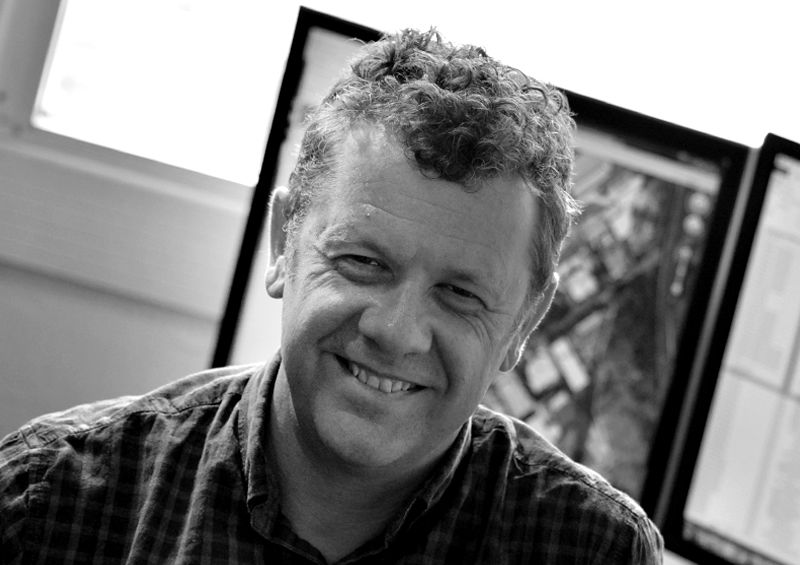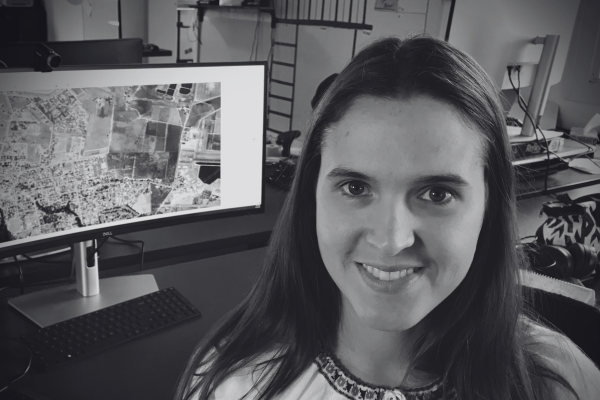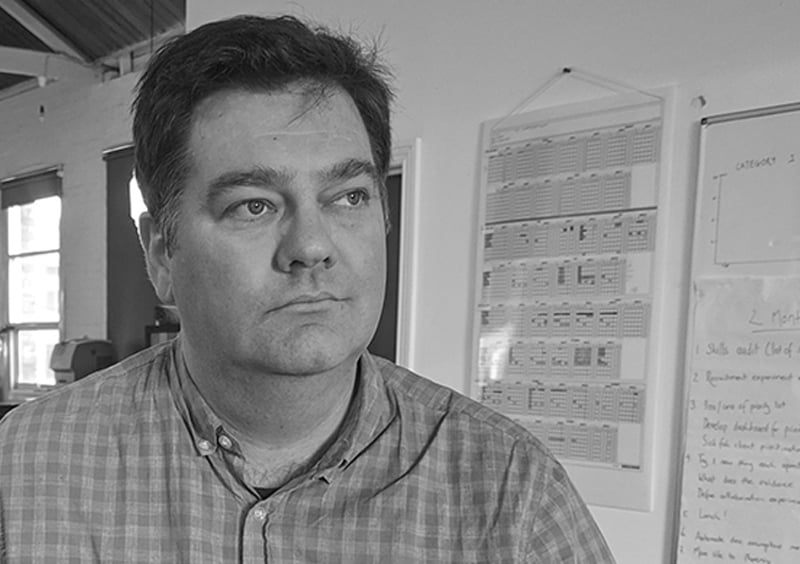The population and housing forecast for Hunter - Central Coast region
SA4s in region:
Published: March 2024
Version: 5.1.0
Read forecast analysis and insights for the Hunter - Central Coast region from Australia's largest independent population forecasting team.
Detailed forecasts are available for this region
Our premium services give you detailed forecast information for this region to help you invest in the right place, at the right time.
- Forecasts by age and sex
- Single-year forecast periods
- Custom local area geography
- Forecasts of housing and development
Menu
Read the insights and analysis behind our population and dwellings forecasts for the Hunter - Central Coast region.
About the Hunter - Central Coast region
The Hunter - Central Coast region comprises three SA4s, namely, Central Coast, Hunter Valley excl. Newcastle, and Newcastle and Lake Macquarie. This region is forecast to contribute an 11% share of New South Wales' population growth by 2046.
The Hunter Valley excl. Newcastle SA4 contains Australia's oldest wine-producing area, and as such, forms a notable local and international tourist destination in New South Wales. The SA4 is also very important for the coal mining industry, open-cut mines being spread across the localities of Singleton and Muswellbrook.
The Newcastle and Lake Macquarie SA4 is well-known for its harbour - the Port of Newcastle is one of the largest tonnage throughput ports in Australia and one of the largest coal export ports globally. South of the port, Lake Macquarie is a large coastal saltwater lagoon that drains part of the Macquarie Tuggerah catchment and is popular for water sports and local tourism.
The Central Coast SA4 is well known for its stunning beach and bushland regions, making the area a popular eco-tourism destination. Its main commercial centre is Gosford, though there are many popular towns along the coast like Terrigal, The Entrance, and Umina.
The Hunter - Central Coast region contains the LGAs of Central Coast, Cessnock, Maitland, Port Stephens, Dungog, Muswellbrook, Newcastle, and Lake Macquarie. The region also contains most of Singleton and Upper Hunter LGAs, as well as a portion of Mid-Coast.
Key findings
Central Coast
Over the forecast period, the Central Coast SA4 is set to grow from approximately 348,000 people to around 412,000 in 2046, this is 18% growth in the period. Growth will be slower in this SA4 when compared to the other regions, this is due in part to it already being well established and there being a slower uptake in greenfield areas in the SA4. Three key SA2s experience the majority of the population growth (Gosford - Springfield, Warnervale - Wadalba, and Tuggerah - Kangy Angy). The majority of the remaining SA2s in the area experience low but consistent growth throughout the projected period, with some experiencing population decline in the latter period of the forecast.
Gosford city centre (Gosford - Springfield SA2) sees a significant amount of apartment developments in the first half of the forecast period, there are both precinct and regional plans that outline the desired densification of this area which is coming into fruition. As these include larger apartment complexes, this sees the Gosford - Springfield SA2 take the lion's share of development activity from 2021 to 2028. With a lot currently under construction and a healthy pipeline of development approvals, this sees the SA2 population grow from approximately 21,000 in 2021 to 31,000 by 2046.
The major greenfield growth front in Central Coast is within the Warnervale - Wadalba SA2, there has been a slow uptake in the historic period of the forecast which spreads this growth towards the latter half of the forecast period. Nevertheless, there is still a large amount of developable greenfield land in the SA2 and with larger household sizes this sees the population more than double in the forecast period. The Warnervale - Wadalba will grow from approximately 20,000 in 2021 to around 43,000 in 2046.
The final SA2 seeing a large amount of growth over the forecast period is the Tuggerah - Kangy Angy SA2. The growth in this SA2 is focused around the Tuggerah Town Centre development, this sees a large investment into developing the area with both medium and high density housing around the Tuggerah train station and Westfield. This results in the population within Tuggerah - Kangy Angy more than doubling from just over 5,000 in 2021 to 11,000 in 2046.
Hunter Valley excl. Newcastle
Over the forecast period, the Hunter Valley excl. Newcastle SA4 is set to grow by approximately 121,000 persons, from a population of 293,000 in 2021 to 414,000 in 2046. Most areas are expected to add population over the 25 years, with growth tending to cluster around existing local centres and designated greenfield development suburbs. According to current trends, minor population losses are likely towards the latter part of the forecast in areas already less populated, particularly those around the Upper Hunter.
The largest growth in population, proportionally, is likely to occur in the suburbs of Rothbury and Branxton, shared across Cessnock and Singleton LGAs (Branxton-Greta-Pokolbin SA2) - a tripling in population is expected. This is mostly due to the development of a new masterplanned community - the Huntlee Estate - the construction of which is already underway.
In the Maitland LGA, the suburbs of Gillieston Heights and neighbouring Louth Park are actively building out (Maitland SA2), with multiple sites either underway or marketing and soon to commence. This area is expected to double its population by 2046, adding residents mainly in the earlier part of the forecast period. Another area expected to double in this LGA is in the designated greenfield suburbs of Lochinvar and Anambah: a part of eastern and some of northern Lochinvar is currently under construction, with more zoned land expected to convert to housing in the southern and western parts of this suburb, while Anambah is currently under investigation for residential purposes and expected to begin accepting residents in the second half of the forecast period.
Newcastle and Lake Macquarie
Over the forecast period, the Newcastle and Lake Macquarie SA4 is forecast to add approximately 87,000 persons, from a population of 391,000 in 2021 to 478,000 in 2046. As such, it is expected to remain the most populous of the region's SA2s, but with a lower overall population gain than that of the Hunter Valley. No population losses are likely across the different parts of the SA4, with most experiencing population growth of 10-15% over the forecast period.
The population is predicted to more than double over the 25 years in the Morisset-Cooranbong SA2, with development concentrating in the suburbs of Morisset, Cooranbong, and to a lesser extent, Wyee. While a number of sites are underway at present, large estates such as Watagan Park are under construction, and several large urban land release areas particularly in Morisset ensure a sustained addition of dwellings across the whole forecast period. This SA2 is responsible for the majority of the growth attributed to the Lake Macquarie West SA3, which is expected to add approx. 35,000 residents between 2021 and 2046.
Not quite doubling, but nevertheless showing a healthy 76% growth, is the Hamilton-Broadmeadow SA2. In contrast with Morisset, this growth comes largely from densification activity rather than greenfield development. The suburbs of Hamilton and neighbouring Broadmeadow present a strong redevelopment opportunity in the years to come, presently accommodating a high percentage of lone persons and having an older age profile. Redevelopment activity is also predicted to be strong in the Newcastle-Cooks Hill SA2, with the population likely to grow by 41% by 2046. Recent development activity has indicated that interest in apartment construction remains strong along key roads such as Hunter Street and King Street in the area. The two SA2s highlighted here hold most of the growth for Newcastle SA3, which is likely to add close to 36,000 residents between 2021 and 2046.
What share of Australia's growth will occur in New South Wales?
Read our forecast results and analysis for New South Wales on the resources page. Watch the webinar recap or see a summary slide pack to learn what's driving growth in Australia, and each region of the state.
Forecast results
The following forecast information presents the combined numbers for Central Coast, Hunter Valley excl. Newcastle, and Newcastle and Lake Macquarie SA4s.
Learn more about the different options to access these forecasts for Local Government Areas (LGAs), suburbs, custom catchments or the entire state or nation here.
| 2021 | 2026 | 2031 | 2036 | 2041 | 2046 | |
| Forecast Population | 1,032,380 | 1,098,440 | 1,152,476 | 1,204,767 | 1,255,249 | 1,304,987 |
| Change (five year) | - | 66,060 | 54,037 | 52,290 | 50,482 | 49,738 |
| Average Annual Change (%) | - | 1.25% | 0.97% | 0.89% | 0.82% | 0.78% |
| Forecast Dwellings | 444,841 | 470,277 | 497,997 | 525,159 | 551,847 | 578,648 |
| Change (five year) | - | 25,436 | 27,720 | 27,162 | 26,688 | 26,801 |
| Average Annual Change (%) | - | 1.12% | 1.15% | 1.07% | 1.00% | 0.95% |
1 national forecasting program.
6 ways to explore.
![]()
forecast.id
Plan for the changing needs of your community with a trusted forecast of population and housing in your Local Government Area, published in an accessible online tool.
![]()
forecast.id premium
Bring the full power of our National Forecasting Program into your organisation. We'll work with you to tailor a data partnership supported by briefings from our experts.
![]()
forecast.id partners
Our pay-per-download program gives our consulting partners instant access to reliable and respected forecast information on a project-by-project basis.
![]()
forecast.id hotspot report
Find a location near the people you serve with a tailored report that identifies up to ten locations with the highest number of people in your target demographic.
![]()
forecast.id location report
Whether you're investing in a new location or checking your current strategy is on track, forecast.id location reports quantify future demand around a known location.






.png?width=600&height=400&name=Meet%20the%20team%20%20Oliver%20Bowering%20(1).png)
